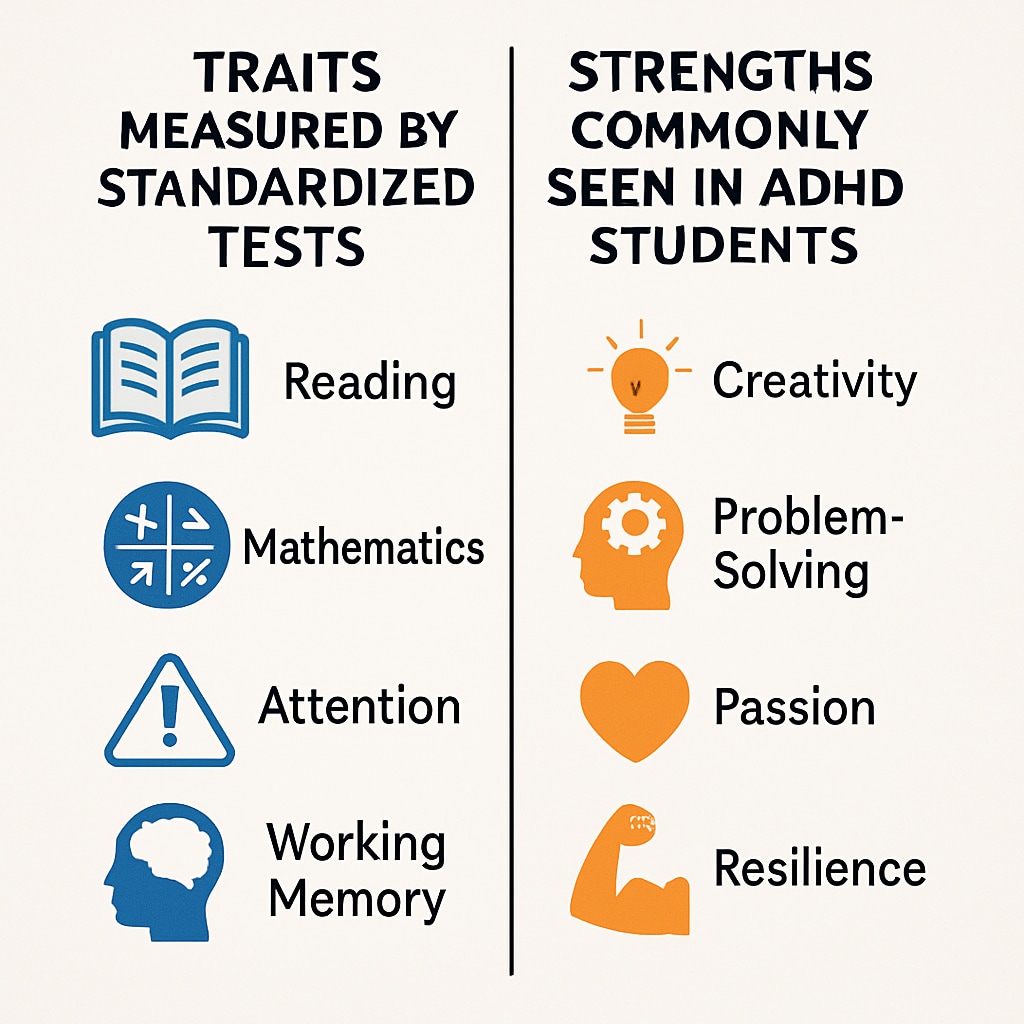Gifted education programs are designed to nurture exceptional talents, yet their selection criteria often fail to identify students with ADHD (Attention-Deficit/Hyperactivity Disorder) who possess high potential. The reliance on standardized tests and rigid evaluation systems can inadvertently exclude these students, highlighting a critical flaw in the way we identify and support gifted learners.
Why ADHD Students Are Often Overlooked
ADHD students frequently face challenges in traditional learning environments. Symptoms such as inattentiveness, impulsivity, and hyperactivity may mask their intellectual capabilities. Gifted education programs, which often prioritize high scores on standardized tests, tend to overlook these students due to their inconsistent academic performance or behavioral difficulties. This creates a significant gap between their true potential and how they are perceived by educators.

Standardized testing, commonly used for gifted program admissions, emphasizes specific types of intelligence. However, ADHD students often excel in creative problem-solving, divergent thinking, and innovative ideas—qualities that are difficult to measure through traditional tests. As a result, they are excluded from programs where their unique talents could thrive and contribute significantly.
The Limitations of Standardized Testing
Standardized tests are a convenient but narrow tool for assessing intelligence and aptitude. They prioritize linear thinking, attention to detail, and consistent focus—areas where ADHD students may struggle. Yet, these tests fail to account for other forms of intelligence, such as creativity, emotional intelligence, and spatial reasoning.
Research highlights that ADHD individuals often possess strengths in areas like divergent thinking, which involves generating creative solutions to problems. Unfortunately, these strengths go unnoticed in a system that values conformity and predictability over innovation and creativity.

Building a More Inclusive Gifted Education System
To ensure that no gifted student is left behind, educators must adopt more inclusive practices. Here are some strategies to address the bias against ADHD students:
- Multifaceted Assessments: Use diverse evaluation methods, such as teacher observations, project-based assessments, and creativity tests, to capture a broader range of talents.
- Training for Educators: Provide professional development to help teachers recognize and nurture the unique strengths of ADHD students.
- Flexible Learning Environments: Create classrooms that accommodate different learning styles, allowing ADHD students to thrive.
- Parental and Peer Support: Encourage collaboration between parents, teachers, and peers to provide a supportive network for ADHD students.
By implementing these changes, schools can create a system that values diverse talents and ensures that all gifted students, including those with ADHD, have access to the resources they need to succeed.
The Road Ahead
Recognizing the potential of ADHD students in gifted education is not just about fairness—it’s about maximizing the collective intellectual and creative resources of our society. As we continue to understand more about neurodiversity and its implications, it is crucial that educational systems evolve to accommodate and celebrate these differences.
In conclusion, the intersection of ADHD and gifted education reveals systemic flaws that must be addressed. By moving beyond standardized testing and embracing a more holistic approach to student assessment, we can unlock the potential of countless overlooked geniuses and create a more equitable and innovative educational landscape.
Readability guidance: This article uses short paragraphs with clear transitions and bullet points to enhance readability. Overuse of passive voice and long sentences has been avoided, ensuring clarity and engagement.


